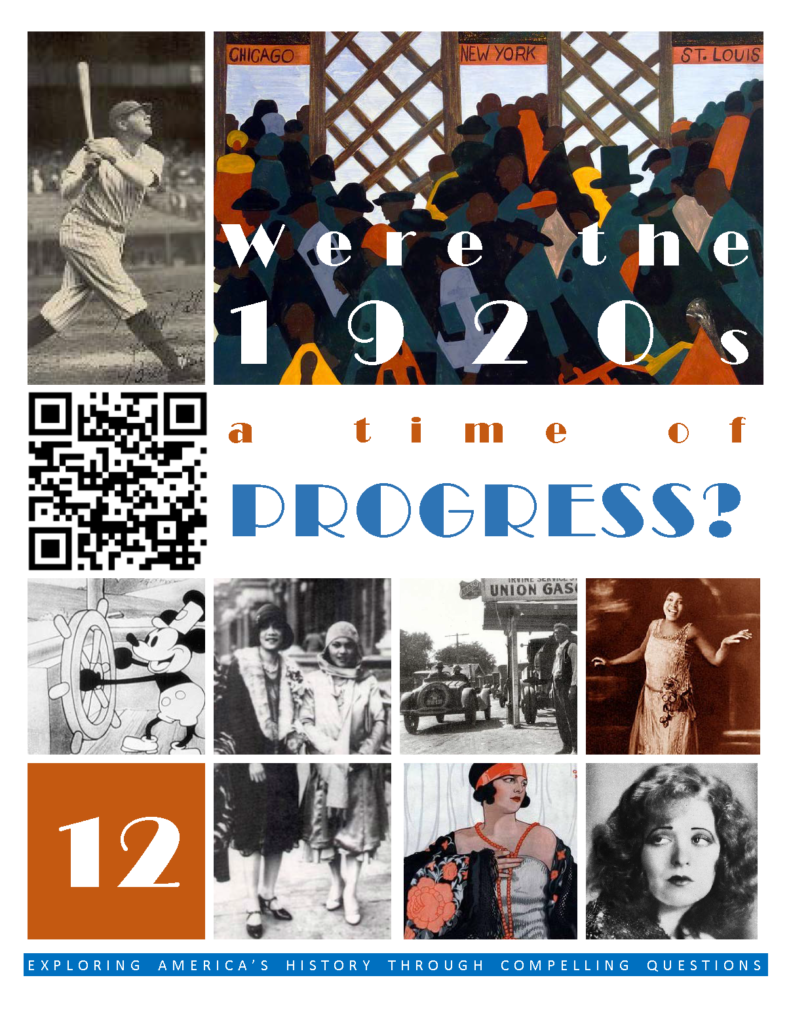
PRINT VERSION
The 1920s saw the culmination of fifty years of rapid American industrialization. New products seemed to burst from American production lines with the potential of revolutionizing American life. Other products that had previously been toys for the rich were now available to a majority of Americans. The standard of living increased as the economy grew stronger and stronger. The results were spectacular. The America of 1929 was vastly different from the America of 1919.
The automobile was first and foremost among these products. The practices of Henry Ford made these horseless carriages affordable to the American masses. Widespread use of the automobile ushered in changes in work patterns and leisure plans. Dating and education were changed by the automobile. Radio usage brought further changes. For the first time, a national popular culture was supplanting regional folkways. Americans across the continent were sharing the same jokes, participating in the same fads, and worshipping the same heroes. Flapper women strove to eliminate double standard values. Young females engaged in behaviors previously reserved for men including smoking and drinking.
Meanwhile, the Harlem Renaissance brought a new form of entertainment. The sounds of jazz bands had appeal that transcended African American audiences, as thousands flocked to hear the new sounds, and behind the music, African Americans sought racial justice and to assert themselves as a proud, valuable part to the American fabric.
The bleak outlook and large sacrifices of the wartime era were now a part of the past. Young Americans were looking to cut loose and have a good time. A new era of prohibition did not end alcohol usage. The romantic subculture of the speakeasy kept the firewater flowing. Organized crime flourished as gangland violence related to bootlegged liquor plagued America’s cities.
The 1920s turned out to be a time of exciting change, some constructive, and some destructive. On one hand, new industries turned out new products, and consumers devoured them. On the other, frivolity and waste showed a negative side of this new life, a side which led some to seek out the “good old days” and reject the new consumerism and rush toward change that seemed to have gripped the nation.
What do you think? Were the 1920s a time of progress, or a retreat to traditional values?
CONTINUE READING